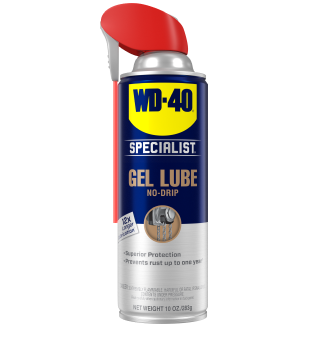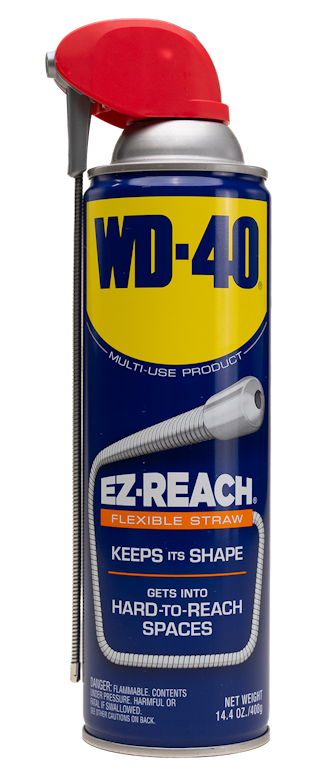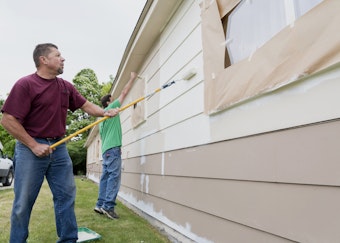How-to Make Your Fireplace More Efficient
How-to Make Your Fireplace More Efficient
<< BackWe know what you’re thinking: who’s worried about their fireplace in the summertime? There’s a method to this madness. Everyone loves the smell and feel of a nice warm fire on a chilly day, but do you know how efficient your fireplace is at heating your home? Here are some improvements you can make before it gets cold to ensure your hard-earned heat doesn’t escape through the chimney. Tackling this task before winter sets in will not only prepare you for the colder months well in advance, but might save you time & money through off-season sales on items you need to purchase or prevent repairs to your fireplace when you need it most.
Install a fireback
A fireback is a heavy sheet of metal that protects the masonry on the back of the fireplace, absorbs heat from the fire and reflects that heat into the room (instead of all of that heat going up the chimney.) HowToDoThings.com has some good pointers that should help you out during installation.
Install a new, top-sealing chimney damper
A common type of chimney damper sits at the bottom of your chimney flue, where the smoke enters the chimney above a fire. When using the fireplace, the opening the damper (usually a small flap of metal) lets the smoke out. Closing the damper seals the chimney when not using the fireplace. These types of dampers are also called throat dampers.
The other common kind of damper is a top mount or top-sealing damper. It has a stronger seal that keeps conditioned air inside and external air outside, but sits atop your chimney. AskTheChimneySweep.com has some good visuals on its YouTube page that explains how they work and what you can do to ensure they’re installed properly and in working order. By installing a damper at the top of your chimney, you can prevent warm air (heated by the fireplace or other heating appliances) escaping your home and save on money and comfort costs at the same time.
Install a fireplace insert
Tired of chopping logs, hauling wood and shoveling ashes? Inconveniences aside, traditional wood-burning fireplaces are not very efficient and lead to many people purchasing a gas fireplace instead. For those, you can get a fireplace insert – essentially a cast iron or steel box – that can be retrofitted into your fireplace and help heat an entire small home in all but the coldest weather. DIY Network has a nice installation guide that should walk you through what to do to help keep the heat inside your home.
Tip: Spray WD-40® Specialist® Spray & Stay Gel Lubricant on your chimney damper (top and/or bottom) to protect it from rust and to ensure it continues to open and close properly.
FEATURED PRODUCTS
WANT TO GET MORE TIPS AND TRICKS?
SUBSCRIBE TO THE NEWSLETTER



